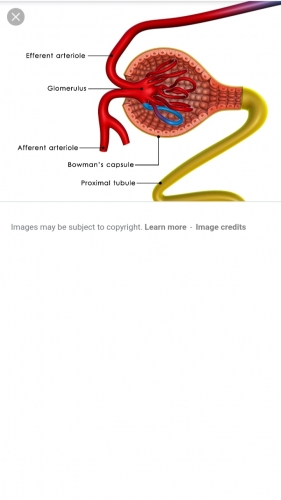profile/7524IMG_20200418_233354_588.jpg
Adaora10

Excretion
~0.3 mins read
EXCRETION
This is the elimination of waste metablolic products in the body.
Excretory waste products
This includes carbon(IV) oxide, water and nitrogeneous waste. The nitrogeneous wastes are urea, uric acid and ammonia.
*Urea is excreted by mammals and dogfish.
*Uric acid which is insoluble in water is excreted by birds, reptiles and insects.
*Ammonia is excreted by protozoa and bonyfish.
Nitrogeneous waste are by-products of protein.
profile/7524IMG_20200418_233354_588.jpg
Adaora10

Dentition
~0.4 mins read
Tooth Structure
A tooth consists of three main portions, which are, the crown, the neck, and the root.
The crown is the portion above the gum covered with white hard substances called enamel which is mainly made up of calcium. The dentine is below the enamel inside which, there is a pulp cavity containing blood vessels and nerves.
The dentine is the hardest substance on the body of a man.
The neck is short, and covered with gum.
The root is embedded in jaw.
Advertisement

Link socials
Matches
Loading...
